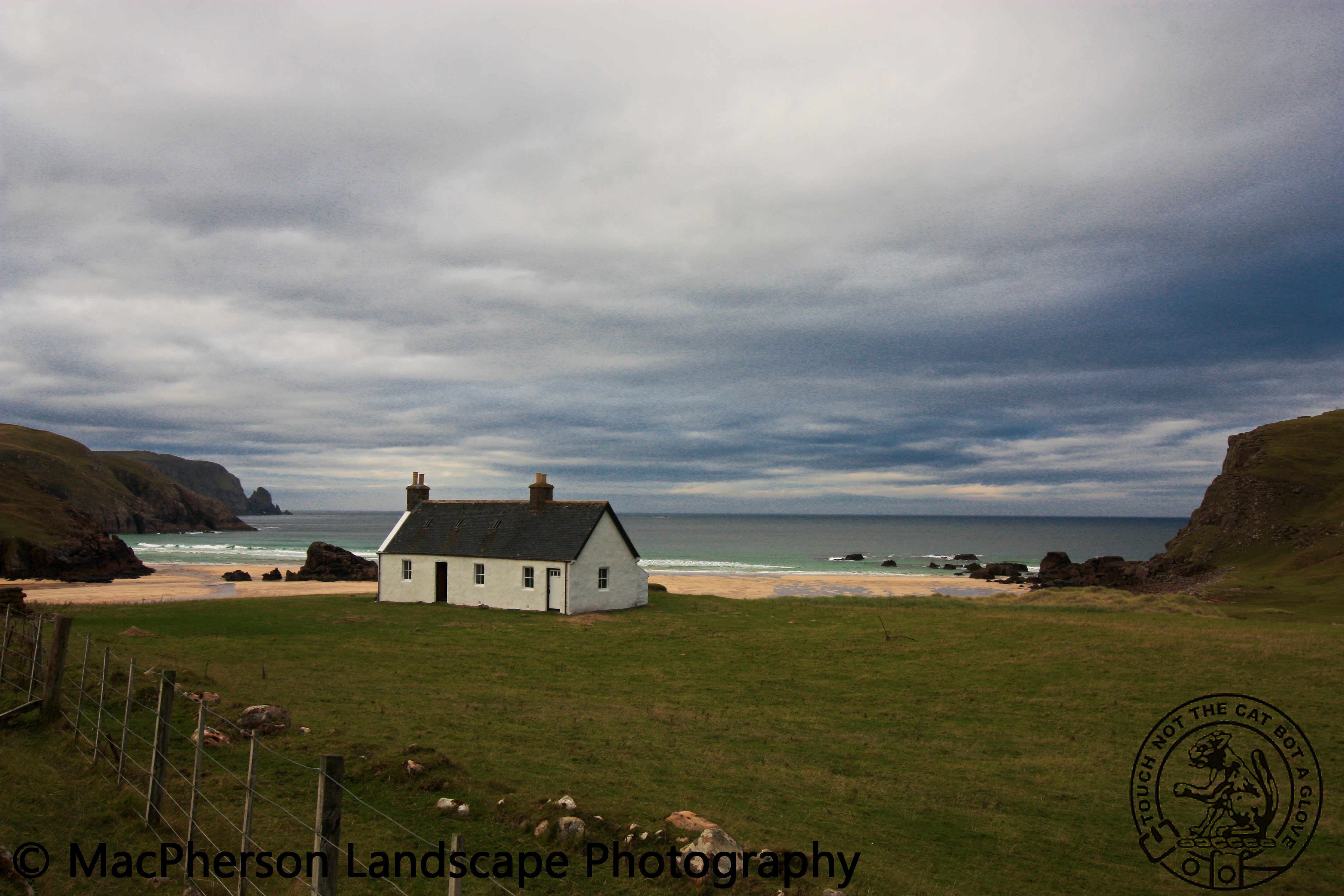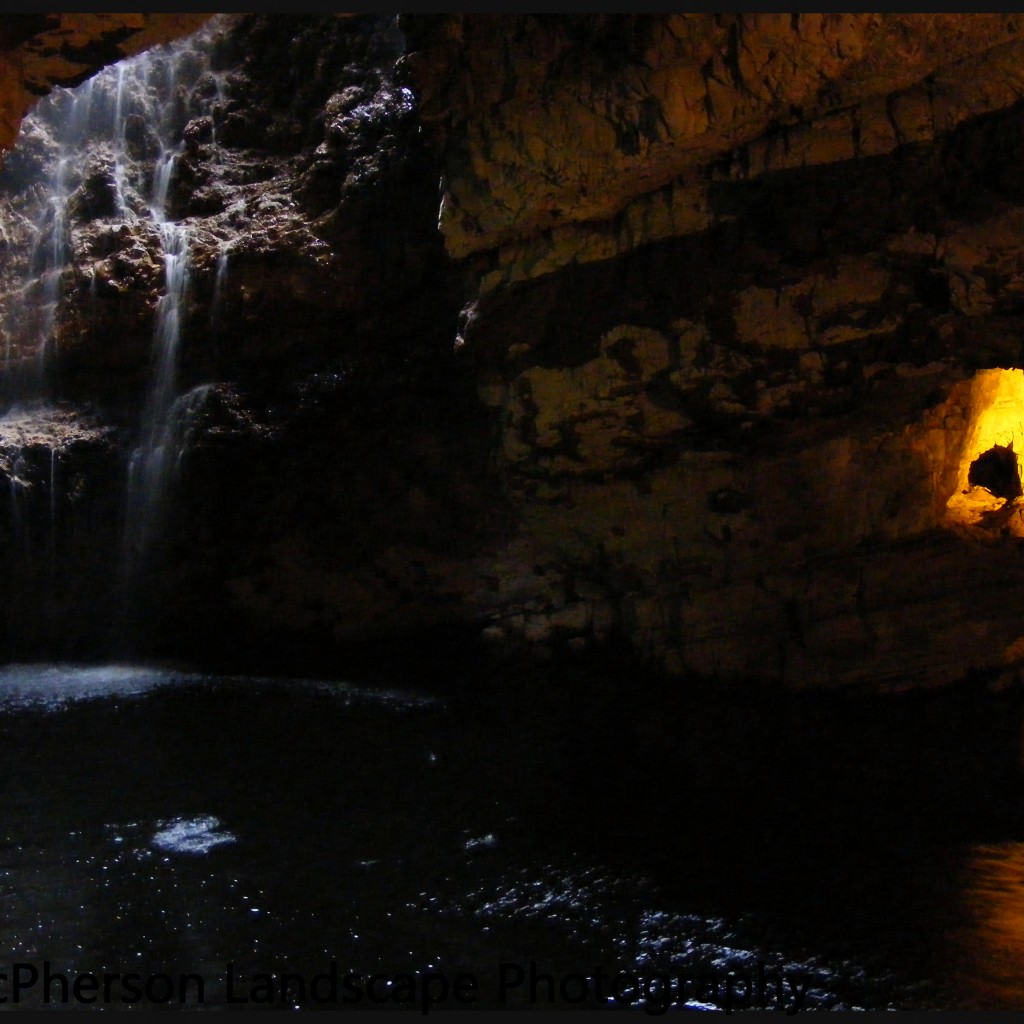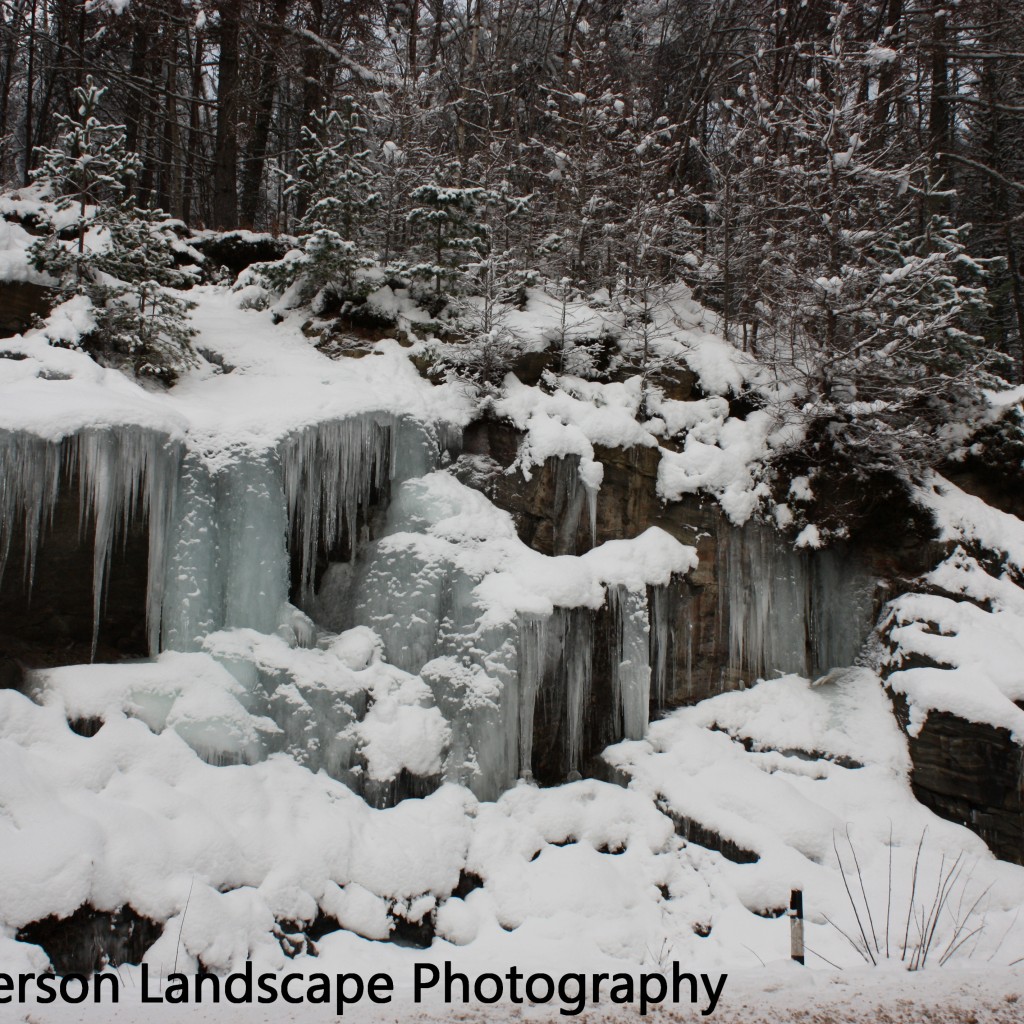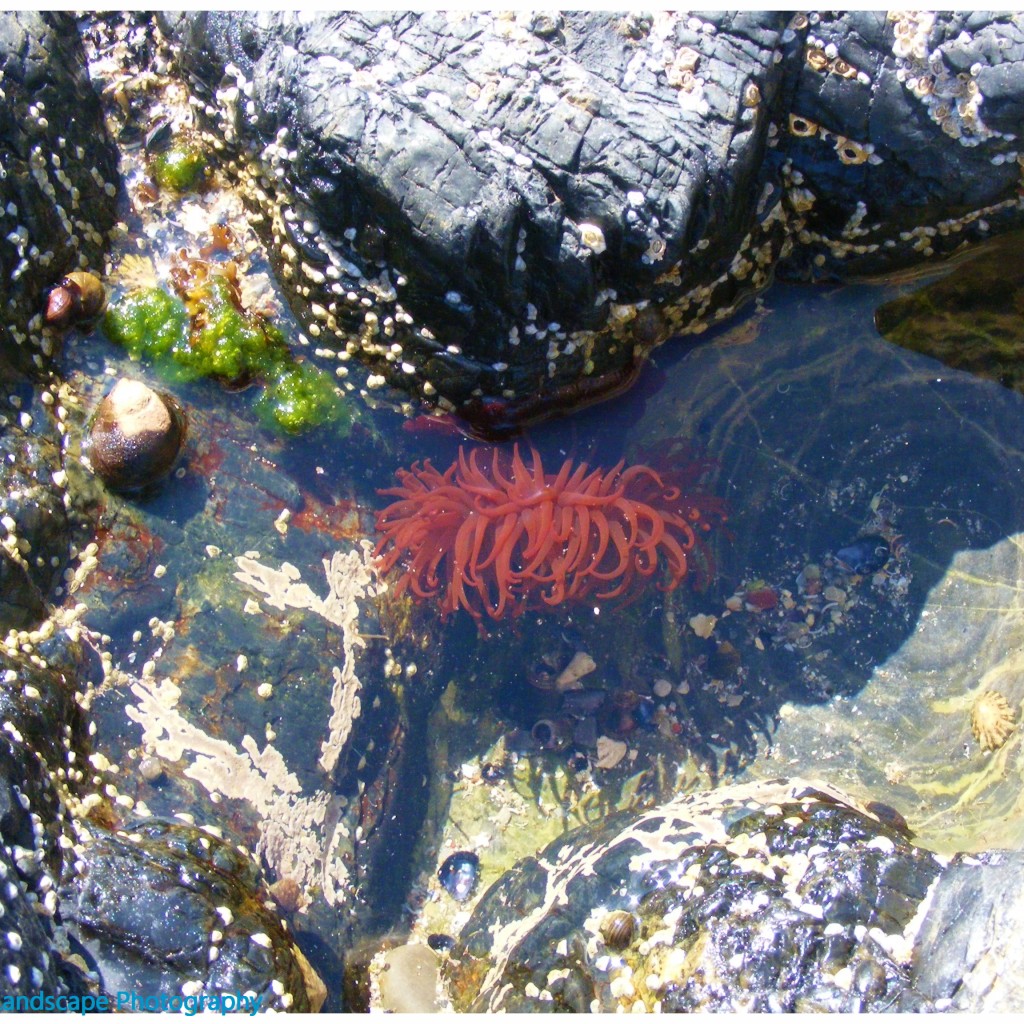As the most North-westerly point in mainland Britain Cape Wrath is as remote as it feels. Although previously settled by crofting communities and latterly shepherding families this is no longer the case. There are now only two permanent human residents of the Cape, John and Kay Ure who run a small cafe near the lighthouse buildings.
Due to the severe weather conditions any botanist would be interested in the unique combination of plant life in the area, with both arctic and alpine growing in abundance. Growing at almost sea level are alpine plants such as Purple Saxifrage, Mountain Avens and Moss Campion, whilst the rare Oyster plant is a species supported along the coastline.
Native Highland birdlife is also in abundance here, with Black Throated and Red-Throated Divers been found on and around the inland Lochs.
Puffins, Fulmars, Kittiwakes and Shags breed on the cliffs and over the winter these are joined by migratory waders and wildfowl.
The Bothy, Kearvaig House, has been on the site since the 18th Century. There has also been evidence found of earlier settlements dating back to prehistoric times.



